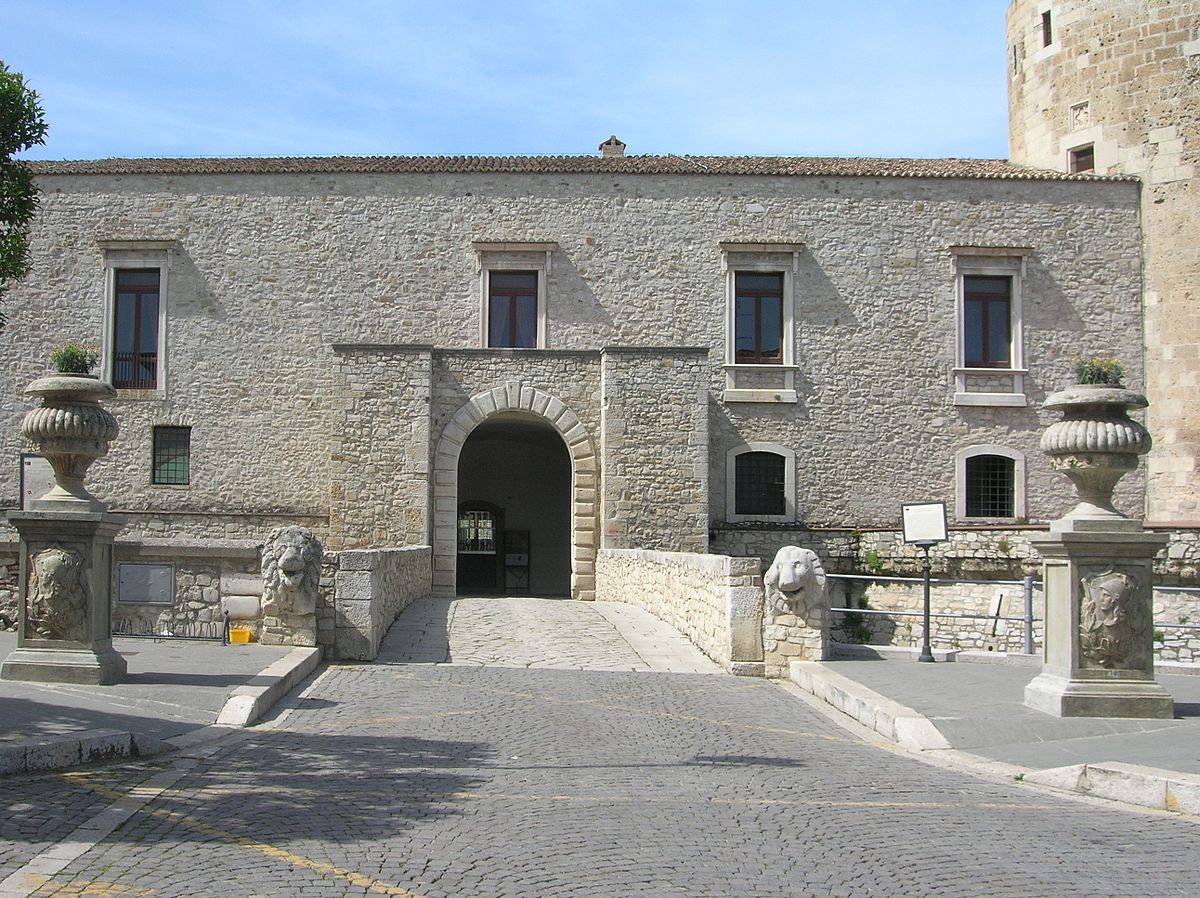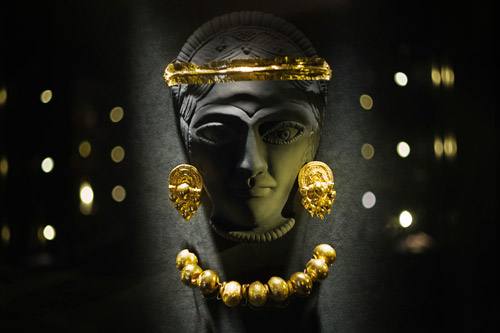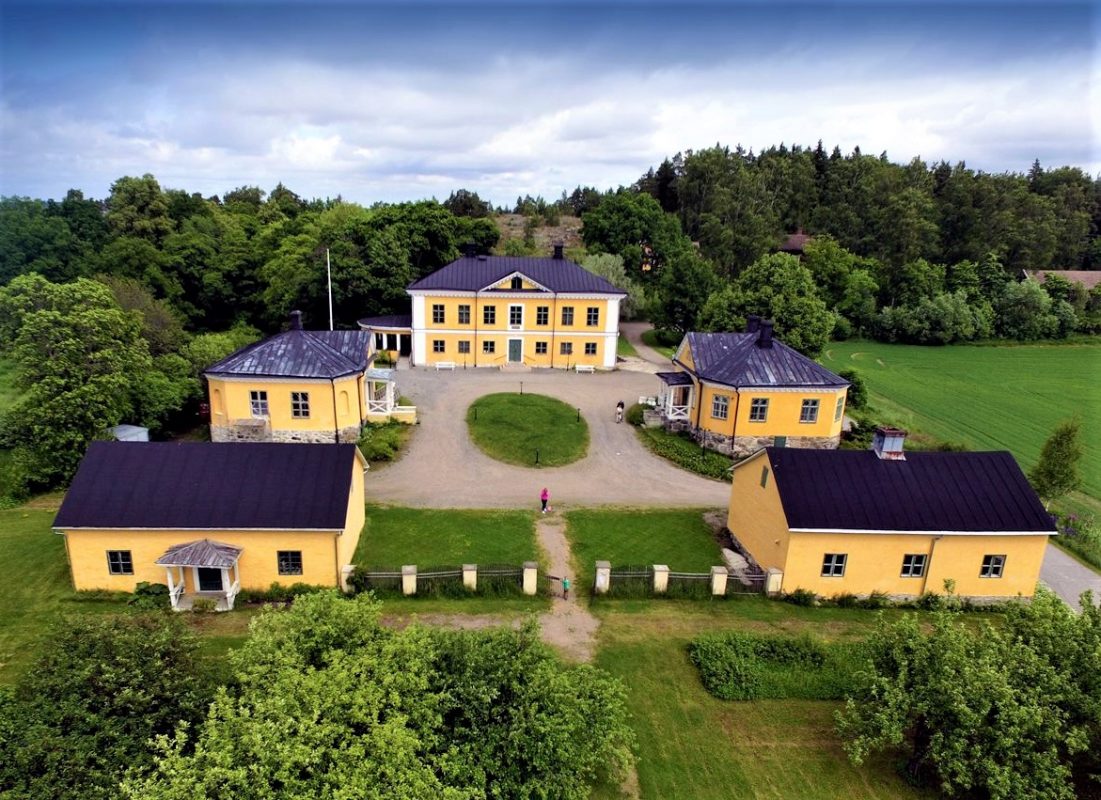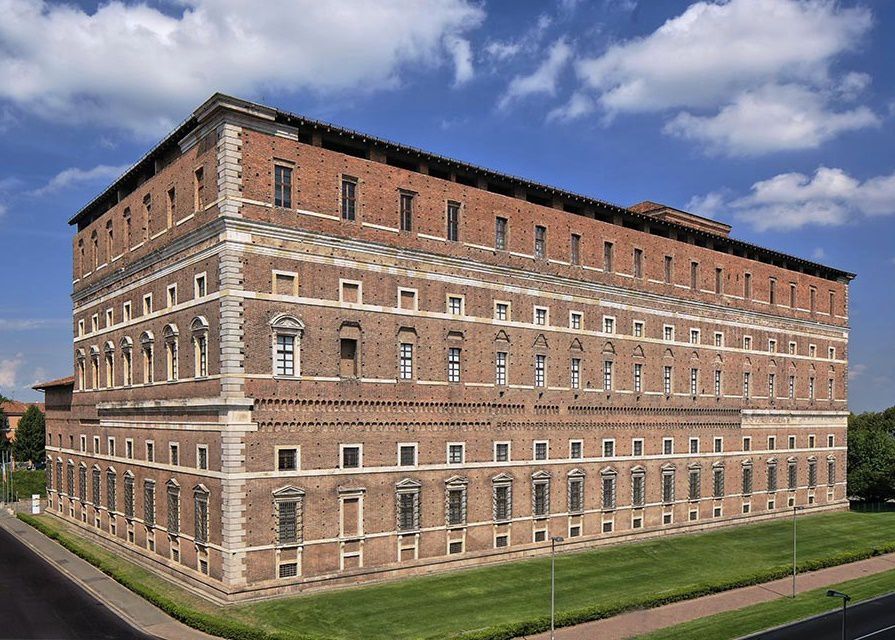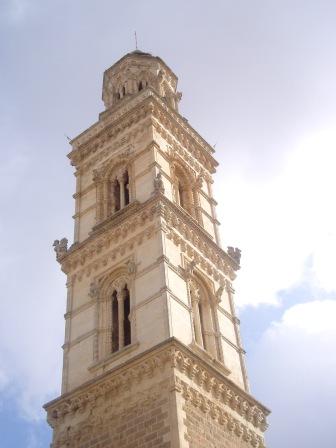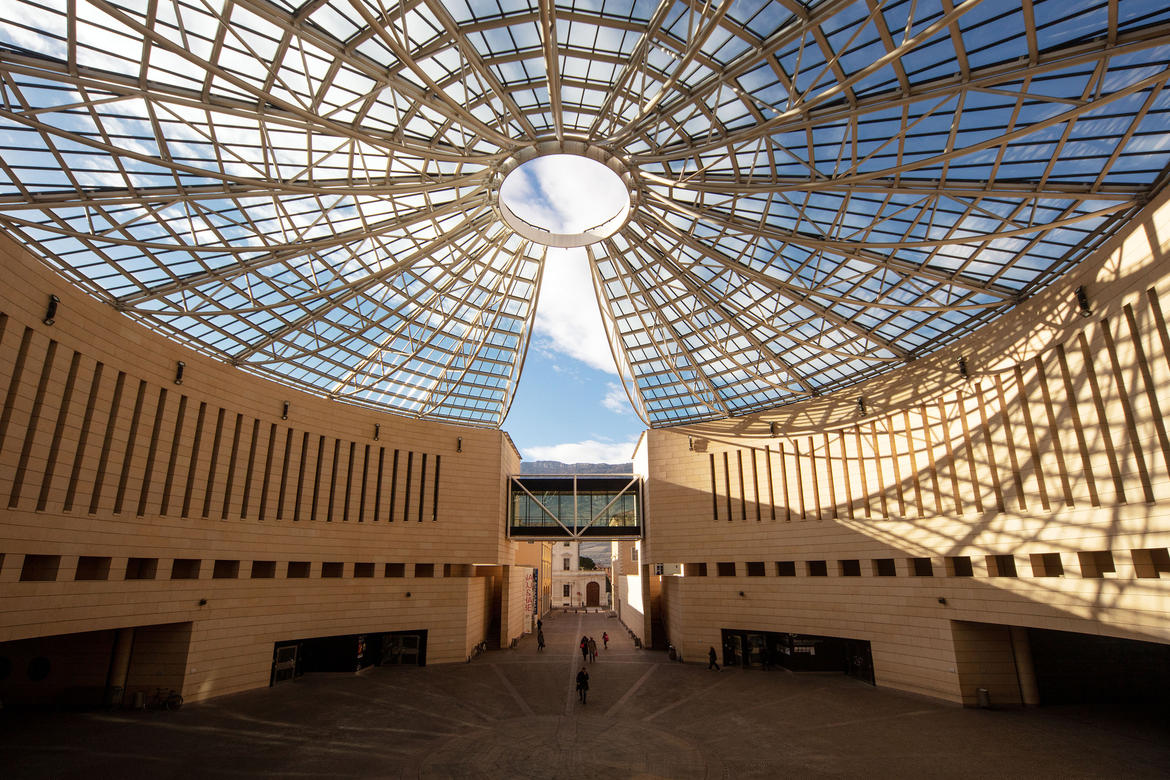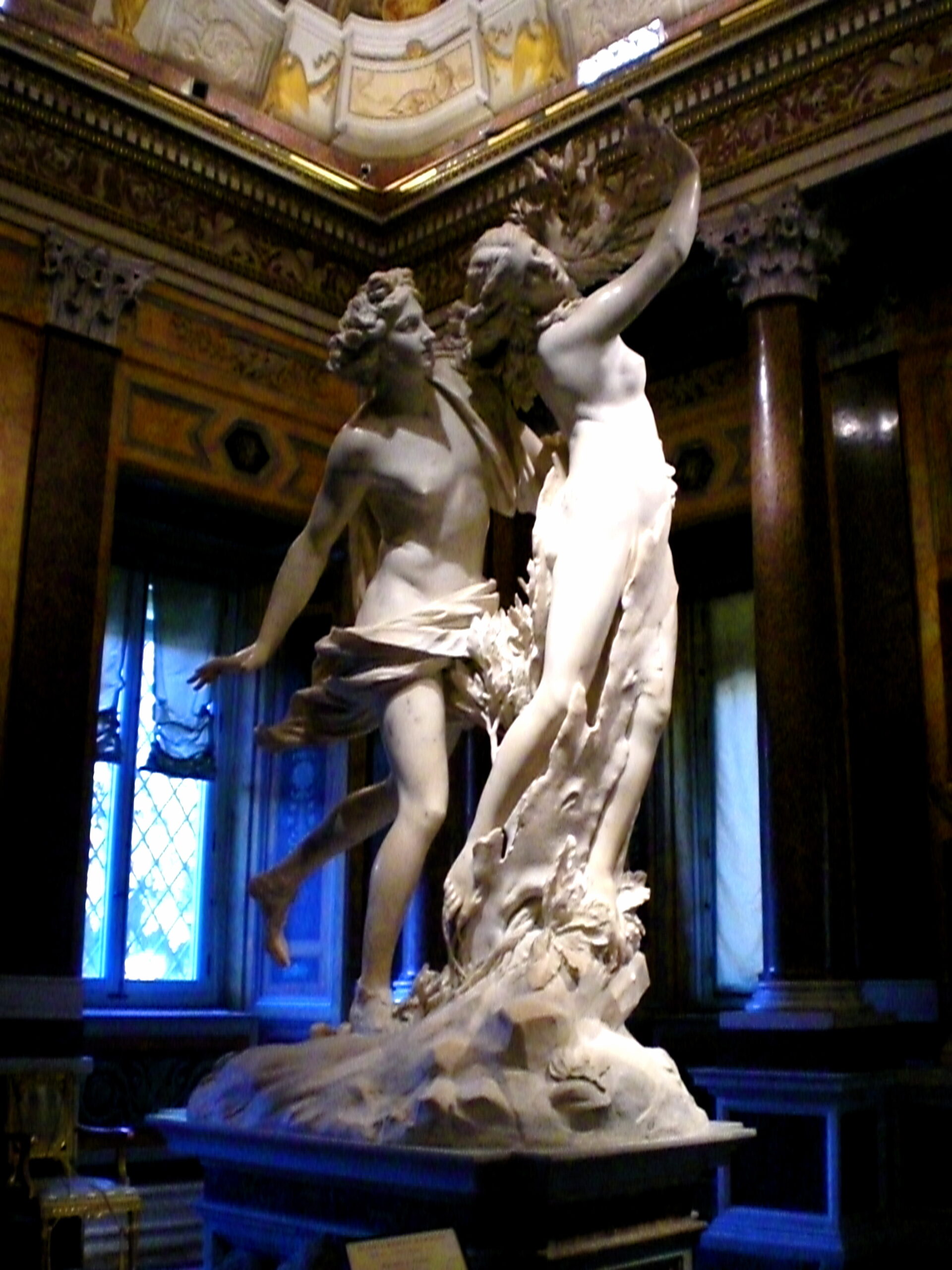The museum, housed in the basement walkways of the Aragonese castle built in 1470 by Pirro del Balzo, is dedicated in particular to the Latin colony of Venusia, founded in 291 BC. The most ancient phases of man’s presence in the territory of Venosa are illustrated, testified by the fragment of the femur of homo erectus (about 300,000 years ago), among the oldest found in Europe. Coins, elements of architectural decoration, ceramics make it possible to define and follow the political and cultural history of the Roman city up to the later phases.
In the epigraphic section there is a collection of funerary and public inscriptions, the latter documenting important works made by magistrates of Venusia. Interesting is the collection of stones inscribed in Osca language, which, in the nearby Bantia (Banzi), during the first century BC composed a templum augurale: open space, consecrated, where the auspices were drawn through the flight of birds. Epigraphs and figurative arcosolii bear witness to the settlement of an important Jewish community that, between the 4th and 9th centuries A.D., buried their dead inside catacombs adjacent to the Christian ones.
